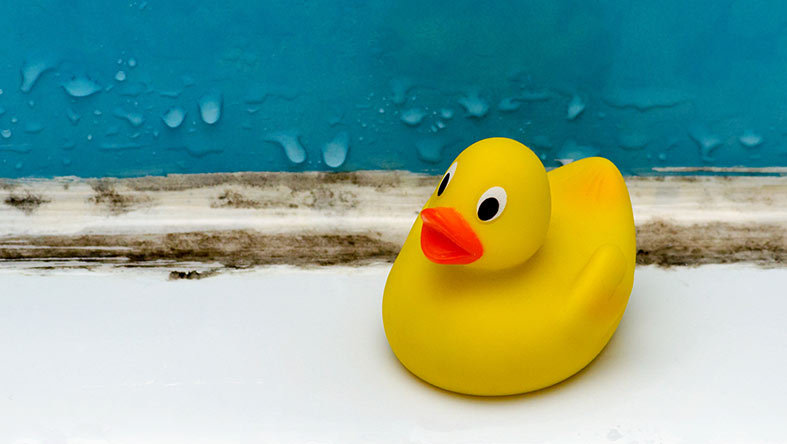As we head into spring, the sunshine is back and so are seasonal allergies. Pollen is the main culprit for watery eyes, sniffling, and sneezing as the weather starts to warm up. Allergy symptoms from pollen usually start when trees and flowers start to bloom. Plant pollens travel by wind, so it can affect air quality and make it difficult to breathe outside. Common pollens for Washington are trees, flowers, grass, and ragweed.
Symptoms of pollen allergies include itchy, watery eyes, scratchy throat, sneezing, runny or stuffy nose, and swelling around the eyes. Certain conditions, like asthma, get worse when pollen is high. Check the local forecast and try to stay inside when the pollen count is high or air quality is not good. On dry, windy days, pollen will be more likely to affect you. Keep your doors and windows closed to help keep pollen from getting inside your home.
Keep pollen allergy symptoms in check by:
- Using allergy medication like antihistamines or decongestants. Most allergy medicines are available over the counter.
- Limiting outdoor activities when pollen counts are high.
- Wearing protective clothing such as a hat or sunglasses. This helps keep pollen away from your eyes and hair.
- Limiting your contact with pets that spend a lot of time outdoors.
- Drying clothes in a dryer and not outside on a line.
- Washing your bedding at least once a week.
- Before going to bed, bathe and wash your hair.
If your allergy symptoms continue once you are inside, pollen may not be the cause. Household allergens like dust or mold can cause congestion and discomfort. While dust is not harmful, it can trigger your allergies. You can easily remove dust with regular cleaning; use a microfiber cloth or damp cloth to prevent the particles from moving around the air.
Mold grows in areas of your home that stay moist, such as the basement, bathroom, or kitchen. Breathing in mold can cause sore throat, stuffy nose, coughing, wheezing or skin irritation. Exposure to mold can cause more serious health problems over time. There is no way to avoid mold completely, but there are steps you take to prevent it from growing in your home.
Limit the growth of mold by:
- Keeping a low humidity level in your house
- Repairing any water leaks as soon as possible.
- Cleaning and drying surfaces that may grow mold quickly.
- Removing and replacing sealant affected by mold.
- Using a fan to remove moisture in the air. If you have a fan in the bathroom, make sure to leave it on at least 30 minutes after your bath or shower.
- Regularly cleaning surfaces, walls, and crevices with a bleach solution.
If you are concerned about allergy symptoms lasting for a long time or getting worse, talk to your health care provider. They may suggest treatment options or recommend other ways to you to manage your symptoms. Take advantage of the warm weather this spring and don’t let your allergies hold you back.

